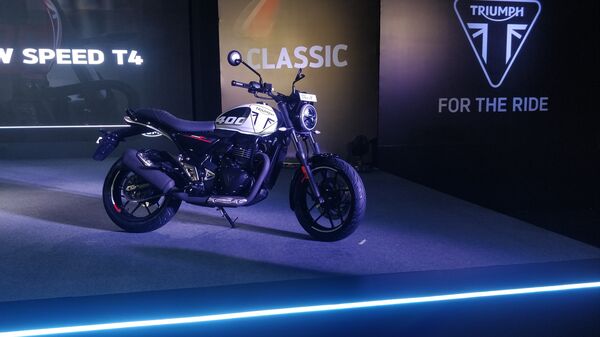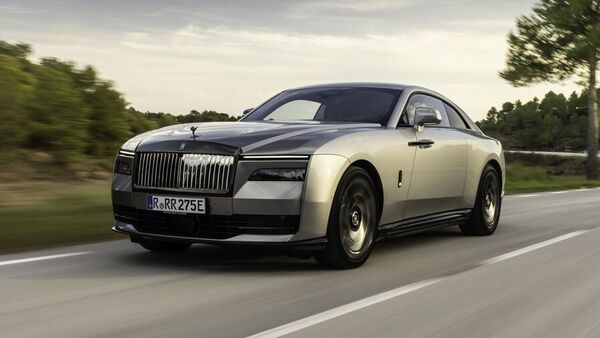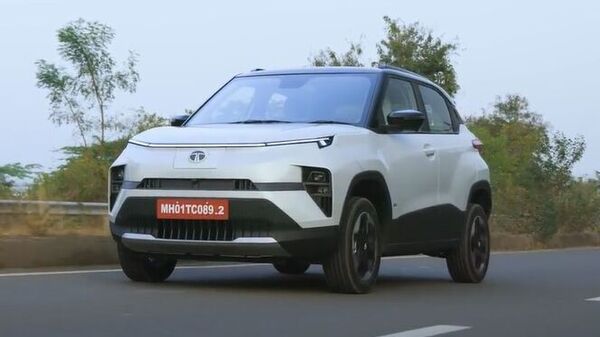
Triumh T4 vs Triumph 400: Here are the key differences
6 months ago | 75 Views
Triumph Motorcycles had recently expanded and updated its 400cc lineup with the introduction of the new Speed T4 and the updated Speed 400. While both the bikes do feature a similar design, the Triumph T4 offers a more affordable price of ₹2.17 lakh, ex-showroom as compared to the updated 2024 Triumph Speed 400’s starting price of ₹2.40 lakh. This translates to a significant cost difference of ₹23,000.
Let's delve into the key differences between the Speed T4 and the updated Speed 400 to help you decide which one best suits your preferences and budget.
Triumph Speed T4 vs Speed 400: Design
While the Speed T4 and Speed 400 are virtually identical, there are some minor differences that distinguish them. The Speed T4 has the bright markings on the rims of its wheels, along with a large '400' logo on the side of the fuel tank, unlike the gold-plated inverted fork found on the Speed 400's version.
Other than all these features, there are still a lot of similarities between the two bikes including having alloy wheels, the round headlamp, single-piece seats, similar taillights, and a distinct curvature on their fuel tanks. The Speed T4 is offered in three colours: metallic white, phantom black, and cocktail red wine.
Triumph Speed T4 vs Speed 400: Dimensions
Despite being nearly identical in dimensions, there is a slight difference in measurements between Speed T4 and Speed 400. The Speed T4's handlebar has a measurement of 827mm as short as the Speed 400's measurement of 829mm. Besides, the height of the Speed T4 is 2mm greater than 1098mm while the varying wheelbase is 50mm which is above the Speed 400. However, the Speed 400 weighs 1 kg less than the Speed T4, coming in at 179 kg.
Triumph Speed T4 vs Speed 400: Specs
The Speed 400 comes with the premium 43mm USD big-piston fork, while the Speed T4 is paired to the ordinary telescopic fork, but the rear monoshock suspension is used on both the bikes for smooth handling and comfort. Regarding the brakes, both bikes are neck and neck in terms of specifications since both versions come equipped with the identical dual-disc setup with a 300mm disc up front and a 230mm disc at the rear along with a 4-piston radial calliper and a floating calliper respectively. ABS is standard on both.
In the case of tires, the Speed T4 has more economical MRF Nylogrip Zapper, while the Speed 400 rolls on slightly more expensive MRF Steel Brace or Apollo Alpha H1 radial tires. Though the brands of tire used vary, the size remains the same for both bikes: 110/70-R17 at the front and 140/70-R17 at the rear.
Triumph Speed T4 vs Speed 400: Engine
Though the same 399cc liquid-cooled single-cylinder engine is on both the Speed T4 and the Speed 400, they are married to different gearboxes-the former to a five-speed unit and the latter to a six-speed one. Power and torque outputs are different too.
The Speed 400 makes 39.5 bhp at 8,000 rpm and 37.5 Nm of torque at 6,500 rpm. For its part, the Speed T4 makes 30.6 bhp at 7,000 rpm and 36 Nm of torque at 5,000 rpm. As Triumph says, the power delivery has been made easy to access on the Speed T4; it gets as much as 85 per cent of its peak torque, almost 31 Nm, from as low as 2,500 rpm. This, in turn, improves low-end torque that smoothes up the ride from lower to mid-speed ranges, thereby curtailing frequent need to shift gears.
Triumph Speed T4 vs Speed 400: Features
The Speed T4 and Speed 400 share common features including ride-by-wire throttle, slip-and-assist clutch, dual-channel ABS, and a semi-digital instrument cluster. However, the Speed 400 is unique in that it comes with a switchable traction control system while the Speed T4 does not.
HOW DID YOU LIKE THIS ARTICLE? CHOOSE YOUR EMOTICON !





















